Reza Deghati, known professionally as Reza, is an Iranian-French photojournalist well known for his powerful work capturing the resilience and suffering of humanity in conflict zones worldwide. With a career spanning decades, his evocative storytelling through images has shed light on the human cost of war and displacement, emphasizing the importance of empathy and unity.
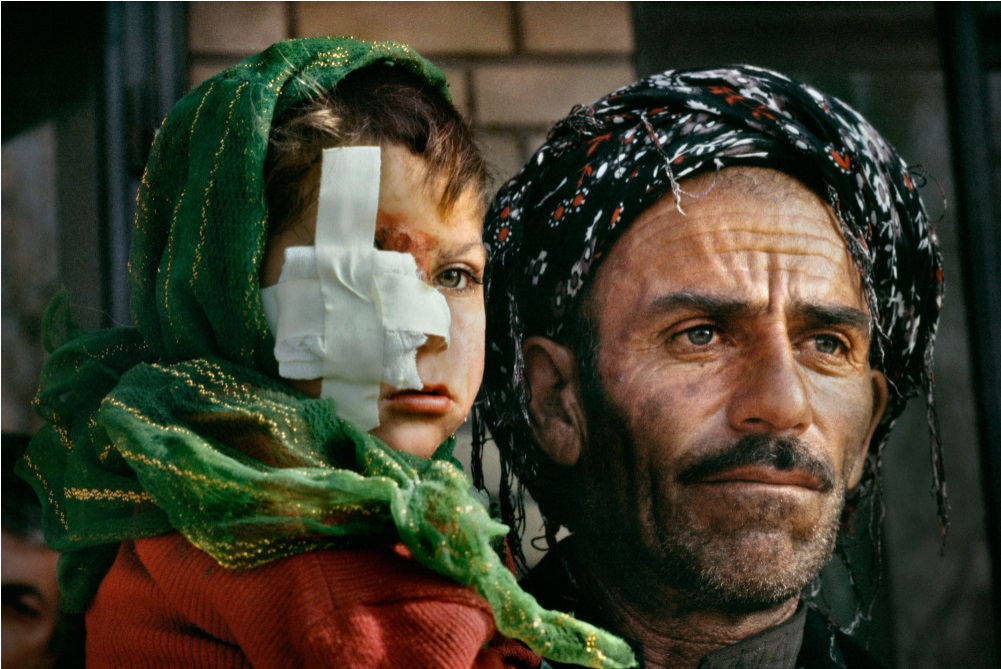 Interview: Rola Zamzameh*
Interview: Rola Zamzameh*
Photography: Reza
Reza was born in Tabriz (Iran) in 1952, has Azerbaijani roots and his lens has captured the heart-wrenching realities of our global landscape.
From the unforgiving terrains of Kurdistan to the turbulent streets of Cairo, he poignantly portrays the resilience and vulnerability of humanity. His work, which exposes the intricate interplay of joy and despair, harmony and conflict, spans over a hundred countries and has appeared in the pages of prestigious publications such as National Geographic and Time Magazine.
Beyond that, he is a philanthropist, dedicating himself to nurturing young minds in war-torn societies. His monumental installations, from the Louvre Carrousel to the UN Headquarters, bear witness to his humanitarian vision, reaching millions of people worldwide.
With a prolific career spanning more than three decades, Reza’s contributions have not gone unnoticed. A recipient of numerous accolades, including the World Press Photo award and the prestigious Infinity Award, his impact transcends photography: he was honoured as a Chevalier of the National Order of Merit by the French government.
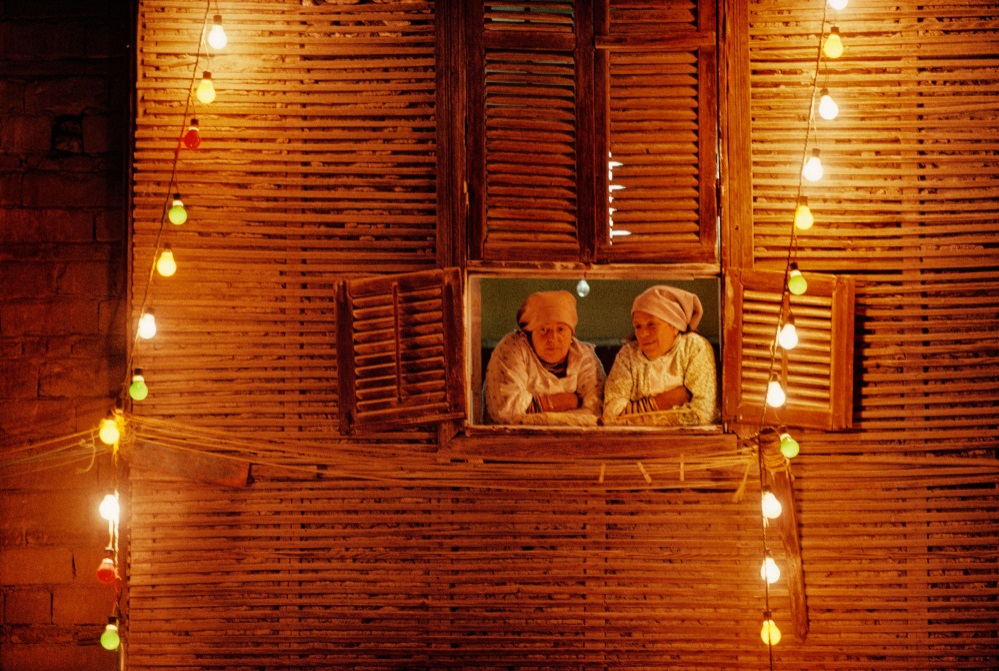
Despite his successful career and international recognition, Reza’s willingness to share his knowledge and experiences reflects the essence of his character. He spoke to The Prisma about this and other aspects of his life.
Your work as a photographer has taken you to conflict zones and areas affected by war. How do you see the role of photography in shedding light on the human cost of conflicts and war?
Unfortunately, our world remains entangled in conflicts and wars for various complex reasons. It is crucial for advocates of peace and humanity to comprehend the true nature of these issues. As a photographer, my mission is to capture the stark reality of war and human suffering through powerful imagery and compelling narratives from the frontlines.
Throughout history, warfare often transpired without witnesses, resulting in devastating massacres and colossal loss of life. Today, however, the presence of images, photographs, and committed journalists has played a significant role in awakening global consciousness to the brutalities of conflict.
In the contemporary era, with the widespread accessibility of visual media, these visual accounts serve as a powerful deterrent, preventing the repetition of past atrocities and fostering a collective resistance against the horrors of warfare.

“Memories of Exile” is a powerful series that captures the essence of displacement and refugee experiences. Could you share how this project came about and what message you aimed to convey through it?
Among the extensive array of 360 exhibitions I have curated globally, the theme of refugees holds particular significance. It serves as a poignant reminder of the human suffering I personally experienced during my own exile from Iran in 1981, seeking refuge in Paris. Through my travels, the narratives of refugees have remained a profound focal point. Notably, my exhibition “Dream of humanity”, showcased in various cities worldwide, aims to shed light on the plight of refugees. Despite attempts by certain political entities to downplay the refugee crisis by replacing the term with less descriptive labels, such as “migrants,” the essence of “refugee” embodies empathy and invokes a sense of seeking refuge. It is vital to humanize them, to convey that the experiences of these refugees, arriving with minimal belongings and enduring immense suffering, could be anyone’s reality.
Each story illustrates the immense hardships, from perilous journeys through treacherous terrains, facing the perils of human traffickers, traversing mountains and rivers, to the unrelenting violence they endure.
This portrayal aims to highlight the stark reality that no one willingly leaves their homeland unless circumstances render it unbearable.
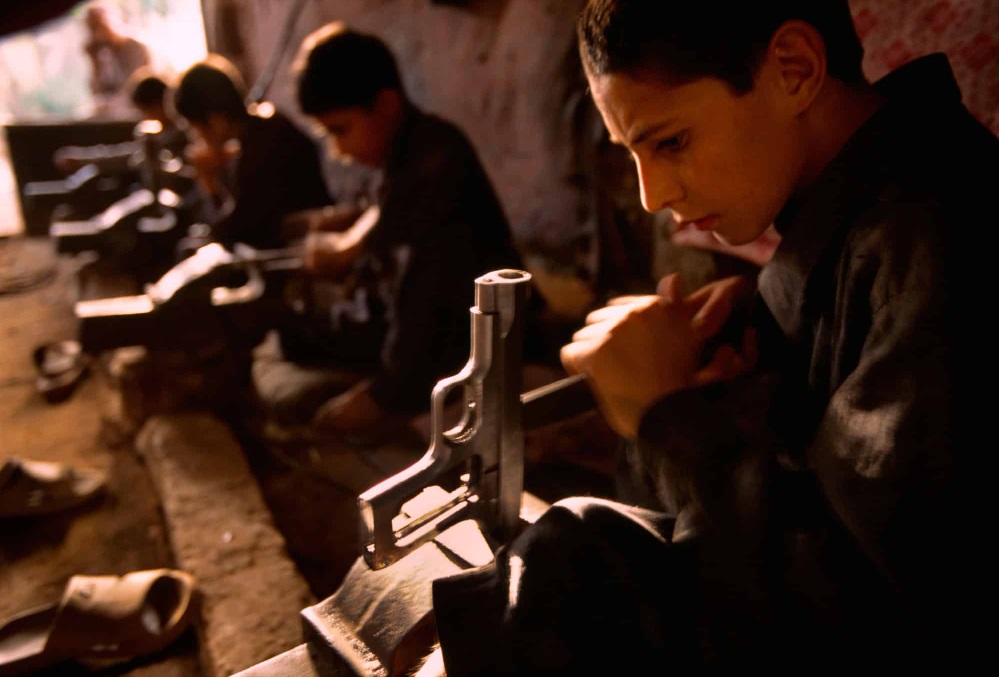
Through these exhibitions, my mission is to impart this crucial message of empathy and understanding.
Through your photography, you’ve highlighted the stories of refugees and individuals living in exile. How do you approach portraying their resilience and humanity amidst challenging circumstances?
The decision to flee one’s homeland is a challenging and emotionally taxing choice. It entails severing ties with one’s history, childhood, and cherished memories, including scents, relationships, and personal connections. This profound detachment signifies the gravity of the situation, as individuals willingly relinquish everything for the uncertain prospects on the other side. What remains essential, is that these refugees are not merely individuals in search of safety, but skilled professionals and intellectuals in their own right.
Among them are doctors, lawyers, journalists, company directors, and other highly capable individuals forced to abandon their former lives. Given the opportunity and support to rebuild their existence, these resilient individuals can contribute significantly to their new communities.
Their experiences serve as a testament to the remarkable progress that can be achieved even in the face of adversity, highlighting the potential for growth and development in all of humanity.
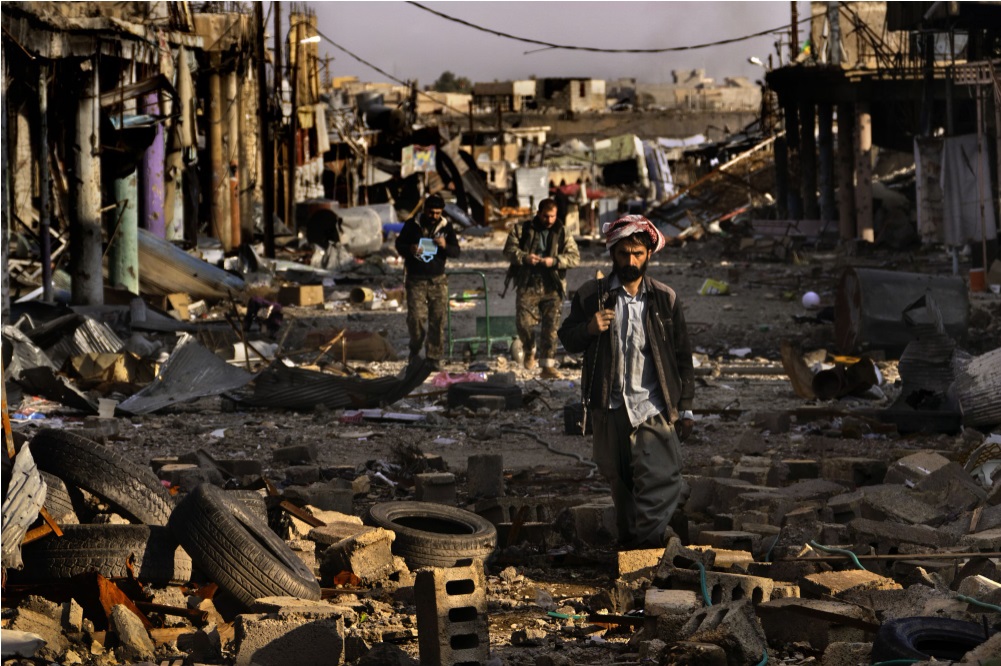
Their resilience serves as an inspiring message, particularly for those embracing them in their new environments, revealing the mutual benefits that arise when societies effectively integrate and support refugees.
In a world that often emphasizes division and borders, your work seems to bridge cultural and geographical gaps. Can you explain your philosophy on the importance of multiculturalism and the beauty of diversity?
During a recent training and photography expedition to Reunion Island, a significant shift occurred in my perspective, leading me to perceive the island as a potential “laboratory of humanity’s future.” This perception was shaped by the centuries-long coexistence and blending of diverse communities, including French, Africans from various regions, Colombians, Chinese, and individuals from other Asian backgrounds. Witnessing the second and third generations of these diverse amalgamations underscored the profound beauty inherent in extraordinary diversity.
My firm belief in the power of multiculturalism is further strengthened by the advancements in travel technologies over the past century, facilitating increased global interactions and fostering a deeper understanding of different cultures through tourism and exploration.
Notably, the rich heritage of scholars and Iranian poet-philosophers, such as Roumi” and Sa’adi, serves as a testament to the celebration of humanity’s finest attributes.
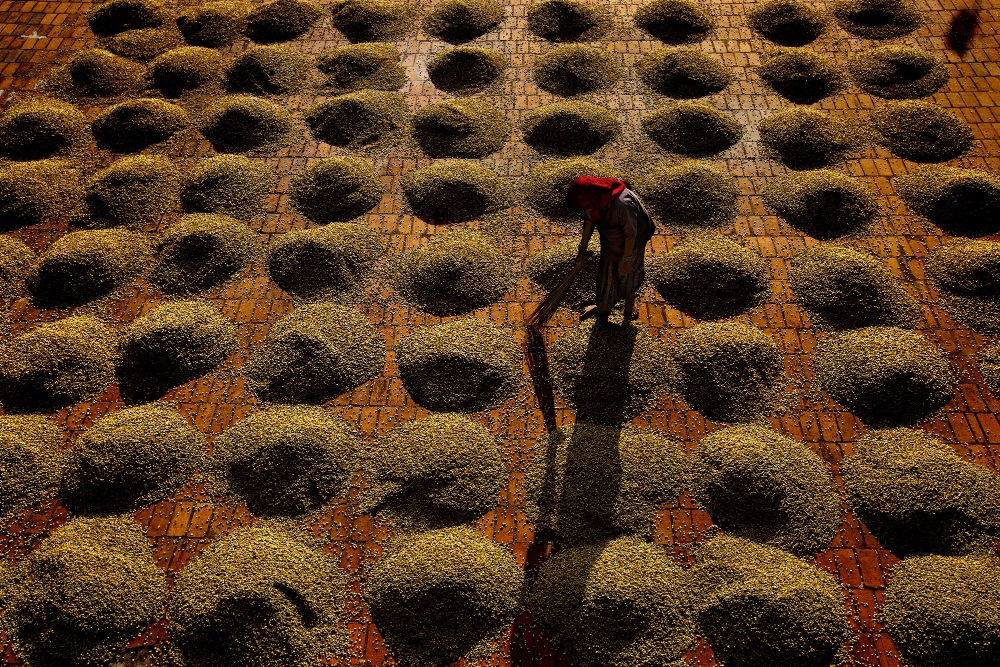 Photography, in this context, plays a pivotal role, enabling the portrayal of not only the inherent splendor of human life and landscapes but also the intricate tapestry of diverse cultures. By facilitating face-to-face interactions among disparate groups, photography serves as a powerful medium to promote mutual understanding and appreciation, ultimately fostering a more interconnected and unified future for humanity.
Photography, in this context, plays a pivotal role, enabling the portrayal of not only the inherent splendor of human life and landscapes but also the intricate tapestry of diverse cultures. By facilitating face-to-face interactions among disparate groups, photography serves as a powerful medium to promote mutual understanding and appreciation, ultimately fostering a more interconnected and unified future for humanity.
As an advocate for a world without borders, how do you envision a global society that embraces unity and coexistence while respecting cultural differences?
I firmly believe in the eventual realization of a world without borders for humanity. Europe stands as a prime example of this progression, with the existence of a borderless Europe being almost unimaginable half a century or even a century ago.
Yet, as we witness today, this idea is gradually taking shape, although achieving a truly borderless Europe may require several more centuries, fostering an environment where differences become even less pronounced than they are at present.
This represents a progressive journey toward the future of humanity, characterized by increased interconnectedness and mutual understanding.
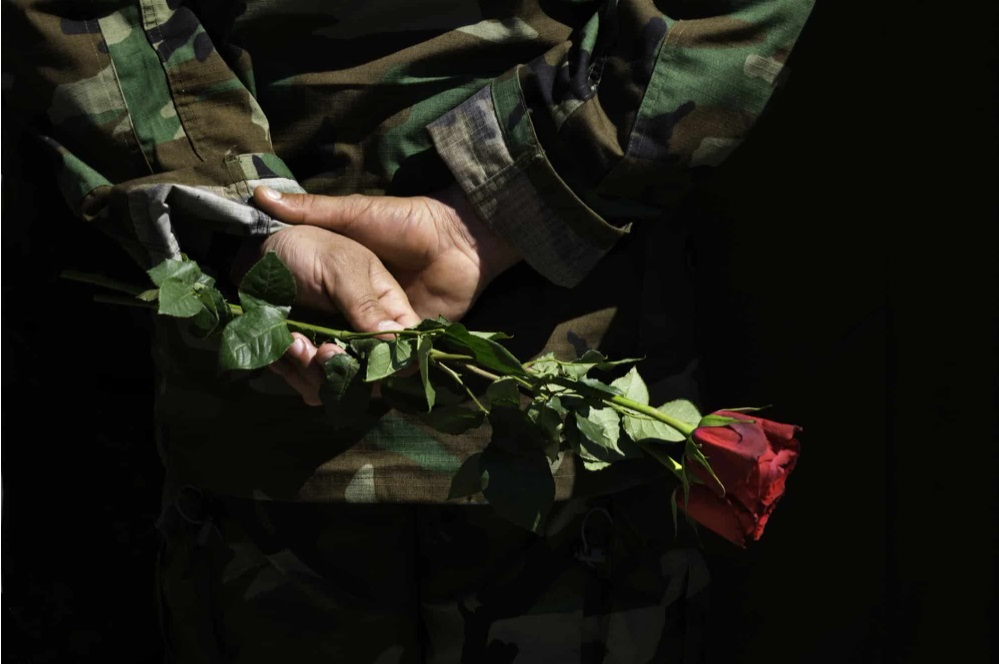 The apparent cultural disparities or ethnic conflicts that often surface are, in reality, products of political manipulations and ideological constructs, rather than inherent characteristics of cultures or religions themselves.
The apparent cultural disparities or ethnic conflicts that often surface are, in reality, products of political manipulations and ideological constructs, rather than inherent characteristics of cultures or religions themselves.
History bears witness to centuries of coexistence between different religious groups in extensive regions, exemplified by instances such as those found in Bosnia and Herzegovina or Iraqi Kurdistan, where individuals from various religious backgrounds, including Shiites, Sunnis, Jews, and Christians, have lived in harmony. Contemplating this reality during my travels, as I gaze upon the Earth from a plane, it becomes clear to me that the artificial boundaries and divisions we see today are not inherent in the fabric of our planet. It reinforces my conviction that a future without borders is an inevitable outcome awaiting humanity.
*Rola Zamzameh: Senior journalist of EU Commission and Parliament.
(Next week: second part of this interview with Reza Deghati.)
(Photos provided by the interviewee and authorised for publication)












.jpg)












